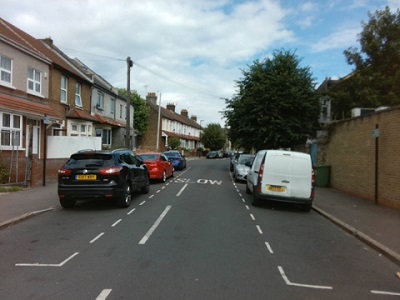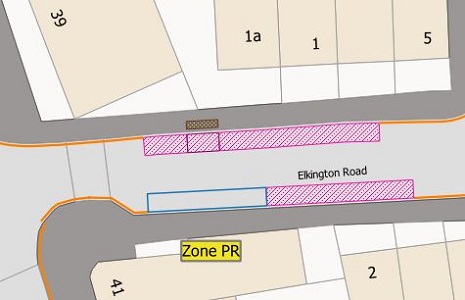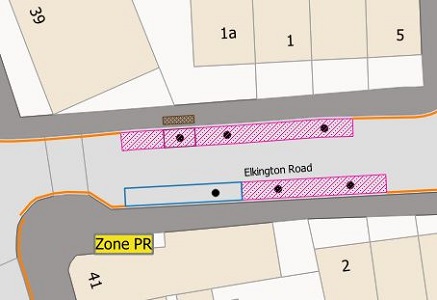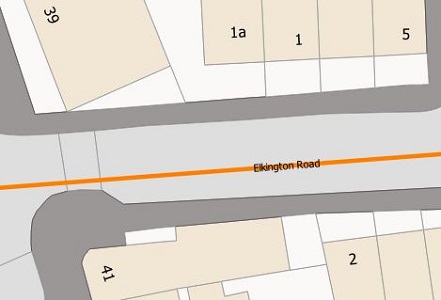Parking and Kerbside Surveys
We carry out all types of parking surveys from small scale areas with only several streets to support a planning application (using the Lambeth methodology); a CPZ area or across a whole local authority area or London borough.
A parking survey can be carried out to answer the following questions:
A key part of a parking survey is to know the parking spaces that are available in the area (termed the ‘parking supply’).
Our land survey team will map the current parking restrictions in the area. We do this using satellite positioning equipment with an accuracy of +/- 10 cm with the Ordnance Survey large scale mapping as a background.
In addition to the parking restrictions (termed ‘static restrictions’), we can also collect other items within the public domain such as items of street furniture (signage, bins, bollards); moving traffic restrictions (eg one way roads, access restrictions, bus lanes).
Our land survey team will map the current parking restrictions in the area. We do this using satellite positioning equipment with an accuracy of +/- 10 cm with the Ordnance Survey large scale mapping as a background.
In addition to the parking restrictions (termed ‘static restrictions’), we can also collect other items within the public domain such as items of street furniture (signage, bins, bollards); moving traffic restrictions (eg one way roads, access restrictions, bus lanes).
A key part of a parking survey is to understand how many vehicles are parked within the study area (termed the ‘parking demand’).
Our surveyors will count the number of vehicles parked at certain times of the day, including overnight (when parking is probably at its premium). This is called a parking beat.
The London Borough of Lambeth have developed a methodology that has become the industry standard. It involves recording the number of parked vehicles overnight within a defined small-scale study area. This is called the Lambeth Methodology.
With a knowledge of the number of parking spaces (parking supply) and the number of parked vehicles (parking demand) – the parking stress is obtained.
The frequency and timings of beats is study specific to ensure the client’s requirements are met and ensure best value for money. The area of the parking survey is again a variable.
Our surveyors will count the number of vehicles parked at certain times of the day, including overnight (when parking is probably at its premium). This is called a parking beat.
The London Borough of Lambeth have developed a methodology that has become the industry standard. It involves recording the number of parked vehicles overnight within a defined small-scale study area. This is called the Lambeth Methodology.
With a knowledge of the number of parking spaces (parking supply) and the number of parked vehicles (parking demand) – the parking stress is obtained.
The frequency and timings of beats is study specific to ensure the client’s requirements are met and ensure best value for money. The area of the parking survey is again a variable.
Another aspect of a parking survey is understanding who is parking within the study area. Is it residents, commuters or short-term visitors? By collecting registration plates, an understanding of who is parking can be obtained.
It can be useful to understand for how long a vehicle is parking in the study area, especially in high turnover areas. These types of parking survey will either be collected by surveyors carrying out frequent parking beats and recording registration plates or by using cameras.
As well as parking alongside, vehicles stop briefly at the kerbside to deliver goods. An understanding of the delivery activity and short term parking activity generally requires an analysis of camera footage over an extended time.

 Parking Supply
Parking Supply
 Parking Demand
Parking Demand
 Parking Stress
Parking Stress
